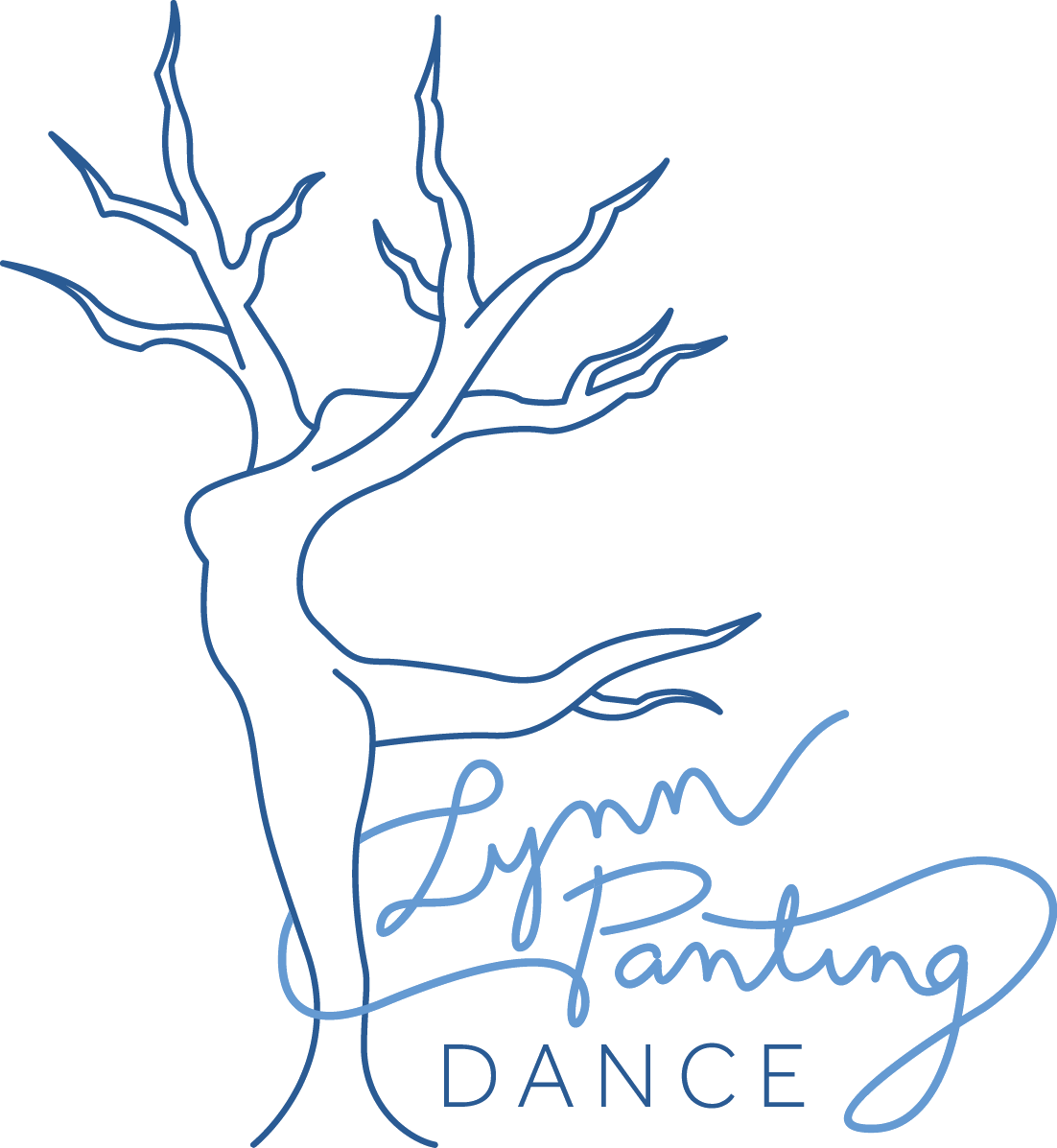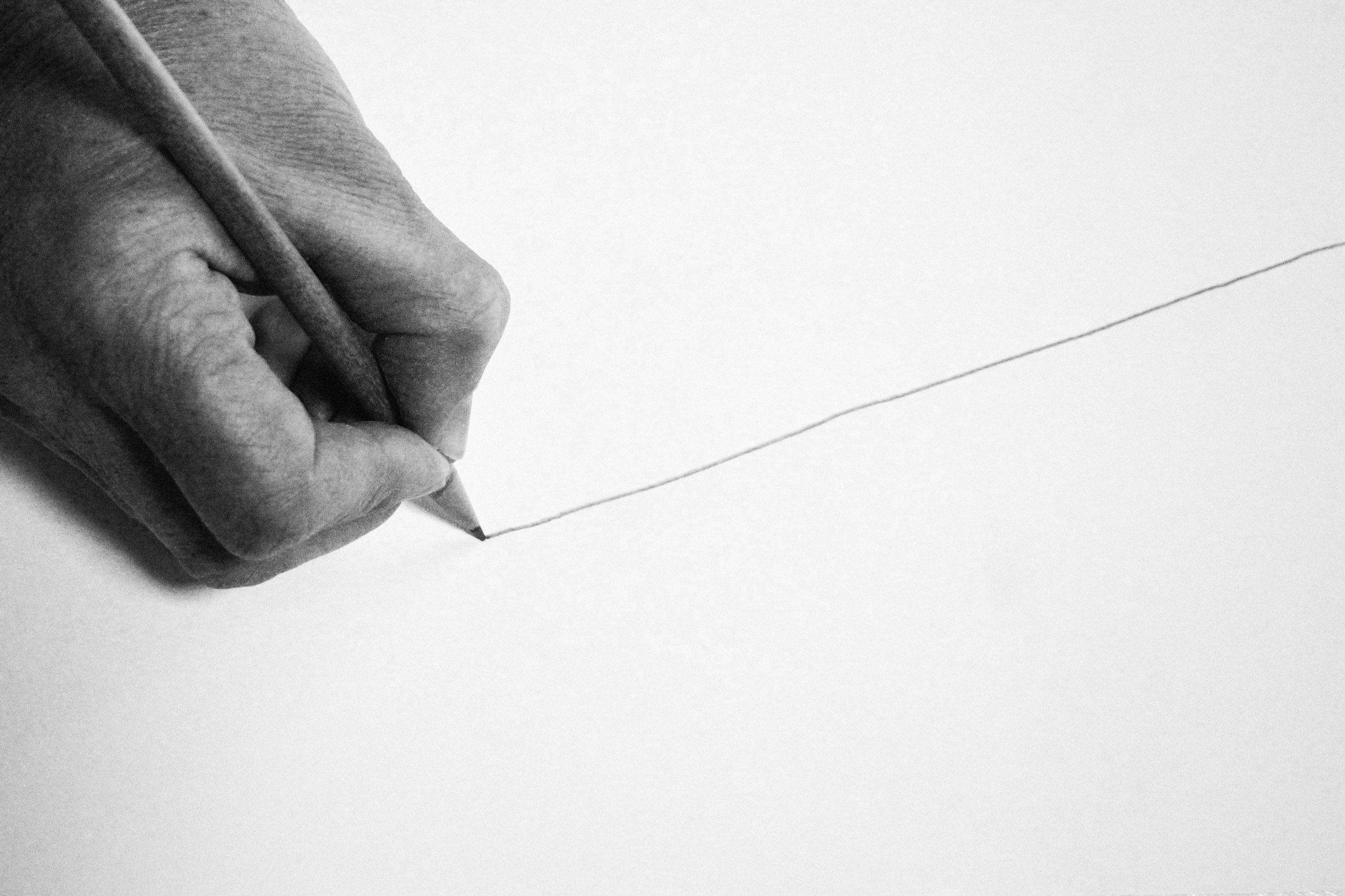Establishing Boundaries in Creative Spaces
Artistic environments thrive on creativity, collaboration, and expression, but none of these can truly flourish without a foundation of safety and respect.
Establishing boundaries in creative spaces is not only a professional necessity — it’s also a profound act of care. Clear, well-communicated boundaries create an environment where artists feel empowered to take creative risks, knowing their limits and voices are respected.
Why Boundaries Matter in Creative Work
They Foster Safety and Trust
Boundaries ensure that everyone in a creative space feels physically, emotionally, and psychologically safe. Trust is the cornerstone of collaboration, and when participants know their limits will be honored, they are more willing to engage fully in the creative process.
They Encourage Authentic Expression
When individuals feel safe, they can focus on their craft without the fear of being judged, pushed too far, or misunderstood. Boundaries give artists the freedom to explore their potential within a framework that respects their individuality.
They Prevent Burnout
Creative spaces often involve long hours, high emotional stakes, and intense collaboration. Boundaries help manage workload, expectations, and emotional energy, reducing the risk of burnout for everyone involved.
They Strengthen Collaboration
A team that understands and respects each other’s boundaries is better equipped to work together effectively. Open communication about needs and limits allows for smoother interactions and fewer conflicts.
Types of Boundaries in Creative Spaces
Physical Boundaries
Clear guidelines around physical contact are essential, especially in performance arts where touch is often required. Always seek consent before choreographing intimate or physical scenes, and check in regularly to ensure comfort.
Consider personal space in rehearsal or studio environments. Some individuals may need more physical space to feel comfortable and productive.
Emotional Boundaries
Respect the emotional well-being of participants. If a scene or project involves intense themes, create an opt-in culture where individuals can choose their level of involvement.
Encourage performers to share how they’re feeling and be willing to adapt if someone is struggling with the material.
Time Boundaries
Respect participants’ time by setting clear schedules and sticking to them. Avoid excessive overtime or last-minute changes unless absolutely necessary.
Build breaks into rehearsals or creative sessions to allow for rest and recharge.
Professional Boundaries
Define roles and responsibilities upfront to avoid confusion or overstepping. For example, make sure everyone knows who is responsible for feedback, decision-making, or managing conflicts.
Ensure that feedback is constructive and focused on the work, not personal attributes.
How to Establish Boundaries in Creative Spaces
Start with Open Communication
Begin every project with a clear conversation about expectations, goals, and boundaries. Invite everyone to share their needs and make it clear that their input is valued.
Create a Code of Conduct
Develop a written code of conduct or ground rules that outline the standards of behaviour and line of communication for the group. Share this document at the start of the project, and revisit it as needed.
Use Consent-Based Practices
Always prioritize consent, especially in projects involving physical touch, vulnerability, or sensitive themes. Encourage participants to voice their boundaries and remind them they can adjust their consent at any time.
Create a System for Feedback
Establish a system and line of communication to identify and address any issues before they escalate.
Model Boundary-Setting
As a leader or facilitator, set an example by respecting your own boundaries. Whether it’s maintaining a work-life balance or addressing concerns with kindness and clarity, your actions set the tone for the group.
Navigating Boundary Challenges
Even with clear boundaries, challenges may arise. Here’s how to handle them:
Address Issues Early
If someone oversteps a boundary, address it calmly and promptly to prevent misunderstandings or resentment.
Use Neutral Language
Frame boundary discussions as collaborative problem-solving rather than criticism.
Be Flexible
Boundaries may shift as a project evolves. Stay open to revisiting and adapting them based on the group’s needs.
The Benefits of a Boundary-Driven Creative Space
Deeper Collaboration
Teams with clear boundaries are more harmonious and productive, allowing for stronger and more meaningful creative output.
Increased Innovation: When individuals feel safe, they’re more willing to take risks and share bold ideas.
Stronger Relationships
Respecting boundaries builds trust, leading to lasting professional and personal connections.
Better Outcomes
A project is most successful when participants are fully engaged, comfortable, and able to focus on their craft without distractions or discomfort.
Boundaries are not barriers to creativity — they’re its foundation. By establishing clear, respectful boundaries, creative spaces become places where artists can thrive, explore, and connect.
When boundaries are treated as tools for collaboration, they allow everyone to contribute their best work, turning shared ideas into extraordinary art. In a world that often romanticizes the chaos of creativity, a well-boundaried process proves that the most innovative art comes from spaces where respect is prioritized above all else.

